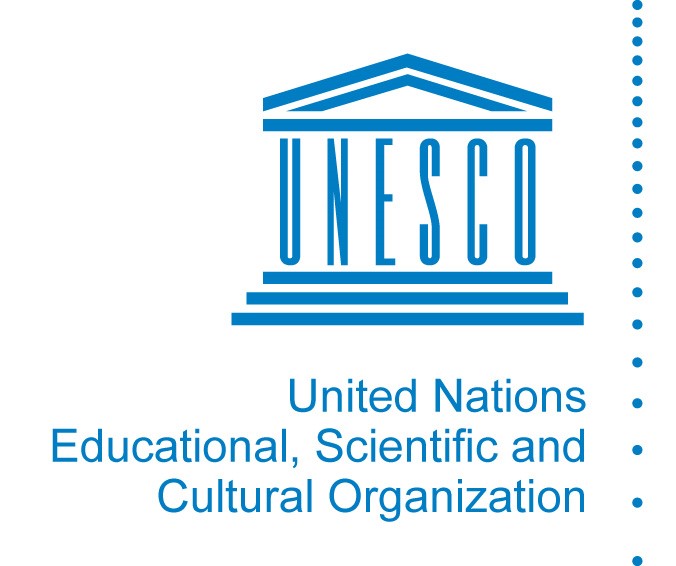Media are diverse in structure (the way they exist and are organized), formats (print, audio, digital, etc.) and in their content types (news and current affairs, entertainment, social interaction, etc.). What they have in common is that gender inequality and the discriminatory social norms that are pervasive in society are usually reflected in their structures, formats and content. What they also have in common is the power that they have to communicate ideas to vast segments of the population. This context brings many opportunities to drive positive change to the organizations themselves, the content that they produce and to the audiences that they touch.
Work with media, in this respect, requires engagement in three inter-connected spheres, including:
- Strengthening the external enabling environment that facilitates positive structural and social norms change, such as improving laws and policies (regulatory frameworks) to address potential harm; understanding the successes and challenges of the sector through research and monitoring; enhancing media and information literacy for populations to better navigate content that they are exposed to; and celebrating promising practices through awards and recognition.
- Promoting positive institutional change for gender equality, such as working towards parity of men and women in the workforce and in decision-making; training on gender, discrimination and violence against women and girls; and strengthening policies around gender (sexual harassment and domestic violence, work-life balance, safety of journalists) and as related to editing and publishing.
- Engaging in social norms change by addressing content that is gender stereotyping, discriminatory and lacking in understanding of the root causes of violence against women and girls, in addition to exploring opportunities to partner for prosocial communications, targeted campaigns and programming to foster values, beliefs and attitudes that are based on equality, respect for diversity and non-violence.
